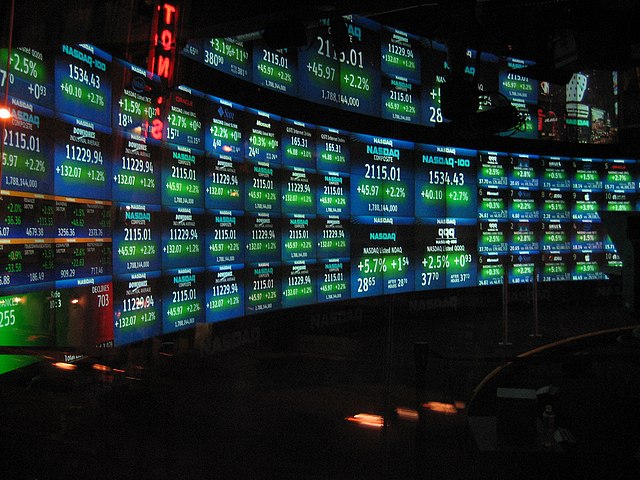U.S. Treasury market volatility and economic policy uncertainty have been moving in opposite directions, presenting an unusual scenario in the current business cycle. While implied volatility in the Treasury market remains elevated, economic policy uncertainty in the U.S. has decreased since mid-2023. This has been driven by factors such as disinflation, solid economic growth, and clear communication from the Federal Reserve. However, trade policy remains an outlier, with uncertainty surging ahead of the upcoming U.S. presidential election, which is expected to influence market sentiment.
Financials have been standout performers in the early part of the fourth quarter, driven by strong earnings from major institutions such as JPMorgan Chase (JPM), Wells Fargo (WFC), and Charles Schwab (SCHW). The yield curve, no longer inverted following the Fed’s recent 50-basis-point rate cut, is supporting a "borrow short, lend long" dynamic. This is providing a favorable backdrop for financial institutions, although concerns around trade policies discussed by U.S. presidential candidates have created headwinds for the broader market.
Market Overview:- U.S. Treasury market volatility is high despite lower economic policy uncertainty.
- Financials outperformed, boosted by strong earnings from JPMorgan and Wells Fargo.
- Uncertainty around U.S. trade policies remains a key factor weighing on market sentiment.
- The yield curve is no longer inverted, supporting financial sector growth.
- Trade policy uncertainty is the major exception to otherwise lower economic policy risks.
- Financials' earnings have driven sector outperformance early in the fourth quarter.
- Financial stocks are expected to continue benefiting from favorable credit conditions and yield curve dynamics.
- Ongoing trade policy uncertainty may increase volatility as the U.S. election approaches.
- Capex and consumer confidence are closely tied to further declines in economic policy uncertainty.
As Treasury market volatility continues to surprise, investors are balancing positive developments in sectors like financials with broader macroeconomic concerns. The strong earnings from JPMorgan, Wells Fargo, and Schwab highlight the opportunities in the financial sector, but ongoing uncertainty around trade policy could limit broader market gains. The Fed’s rate cut and clear communication are contributing to reduced policy risk, but the upcoming U.S. election and trade-related tensions remain wildcards for the economic outlook.
Looking forward, the financial sector stands to benefit from stable credit conditions, while broader market performance will hinge on how trade and regulatory uncertainties are resolved. As economic policy uncertainty declines further, we may see a return of consumer confidence and a pick-up in capex, key drivers for sustained growth in the final quarter of 2024.




